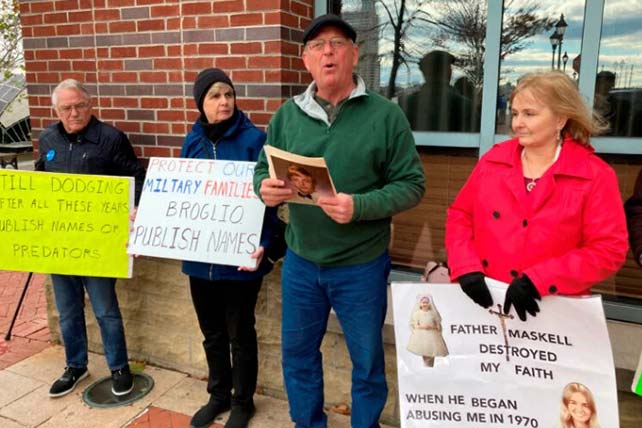Melesky Dante told RNS the workshop used Jesus’ resurrection as an example of wielding power for good. “This is our God using power to raise people from the dead. How does this inform how we think about power?” The workshops also incorporated the Examen of St. Ignatius of Loyola, a prayer technique that allows participants to reflect on when they felt close to or far from God during the session. (Their teaching guide is available on Fordham’s website.)
“In a Catholic framework, having more dialogue around standards and what we can do as a church to help integrate sexuality into a broader curriculum is really important,” said Levand. “I hope it starts a dialogue about the importance of power dynamics in relationships and also most specifically in Catholic spaces.”
If its lessons are taken seriously, the authors of the Fordham report say, it could be a critical step toward justice and abuse prevention. But ending the clergy abuse crisis continues to be an uphill battle. In November, a probe uncovered more than 600 abuse victims of Catholic clergy over 80 years in the Archdiocese of Baltimore. A month earlier, the Catholic Diocese of Buffalo submitted to government oversight after a lawsuit accusing former bishops of sexual abuse coverup.
“We know that in dioceses across the country, it’s often the case that lawyers have in the past told bishops, you don’t want to get involved. You don’t want to talk to victims. … You don’t want to speak out publicly, for fear that this might have an adverse effect on your institution,” said Hinze. “My great hope and desire is that there will be much more open discussion and collaboration with people around these issues as we move forward.”
This article originally appeared here.

